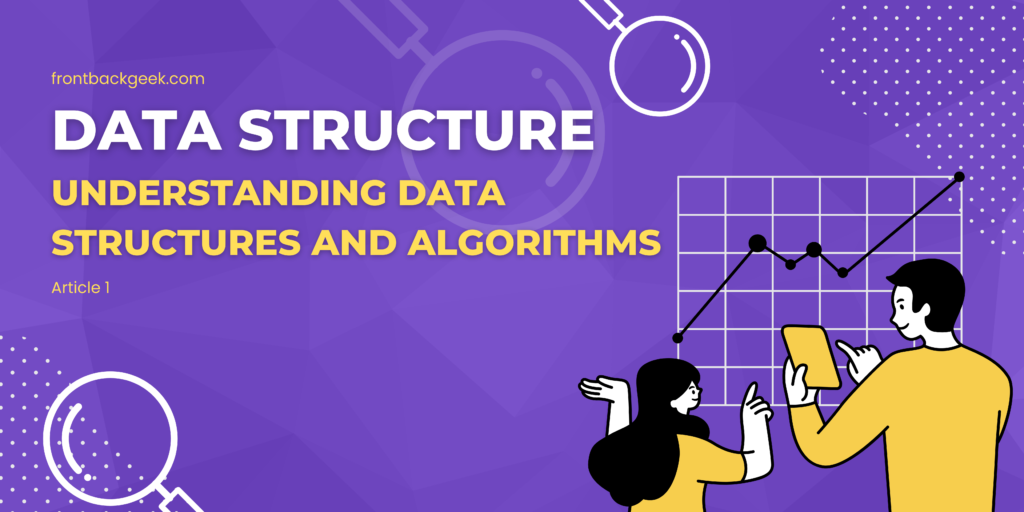In computer science, familiarity with Data Structures and Algorithms is very important for a software engineer. Let’s understand these concepts in easy language, and explore everyday algorithmic examples.

Understanding Data Structures:
Data structures are the architects of information storage and retrieval in the digital world. Consider them as the carefully organized compartments in your backpack, streamlining data for efficient use. Examples include arrays, linked lists, and stacks, each serving a specific purpose.
Everyday Algorithm Examples:
Algorithms, on the other hand, are like recipes guiding us through step-by-step instructions. Think of cooking a meal or following directions to reach a destination – these are real-world algorithms. They provide a systematic approach to problem-solving in our daily lives.
Now, let’s understand linear search algorithms without writing any code.
Algorithm: Linear Search
Objective: Find the position of a specific element in a list.
Steps:
- Initialize: Start from the beginning of the list.
- Compare: Check if the current element matches the target element.
- Found: If a match is found, return the current position.
- Not Found: If no match is found, move to the next element in the list.
- Repeat: Repeat steps 2-4 until the end of the list is reached.
Example: Suppose you have a list of numbers: [5, 9, 3, 7, 2, 8]. You want to find the position of the element 2 in the list.
Implementation:
- Start from the first element, which is 5.
- Compare 5 with the target element, which is 2. No match.
- Move to the next element, which is 9.
- Compare 9 with 2. No match.
- Move to the next element, which is 3.
- Compare 3 with 2. No match.
- Move to the next element, which is 7.
- Compare 7 with 2. No match.
- Move to the next element, which is 2.
- Compare 2 with 2. Match found! Return the position, which is 5.
Types of Data Structures:
- Linear Data Structures: Arrays and linked lists arrange data sequentially.
- Non-linear Data Structures: Trees and graphs offer more intricate, non-sequential organization.
- Primitive Data Structures: Basic data types such as integers, floats, and characters.
- Composite Data Structures: More complex structures are formed by combining primitive ones.
Conclusion:
Understanding data structures and algorithms is like unlocking the secret language of computers. These concepts are the building blocks that empower you to create efficient and powerful solutions. Stay tuned with our data structure series and also check our gatsby js series Happy Coding 🙂

